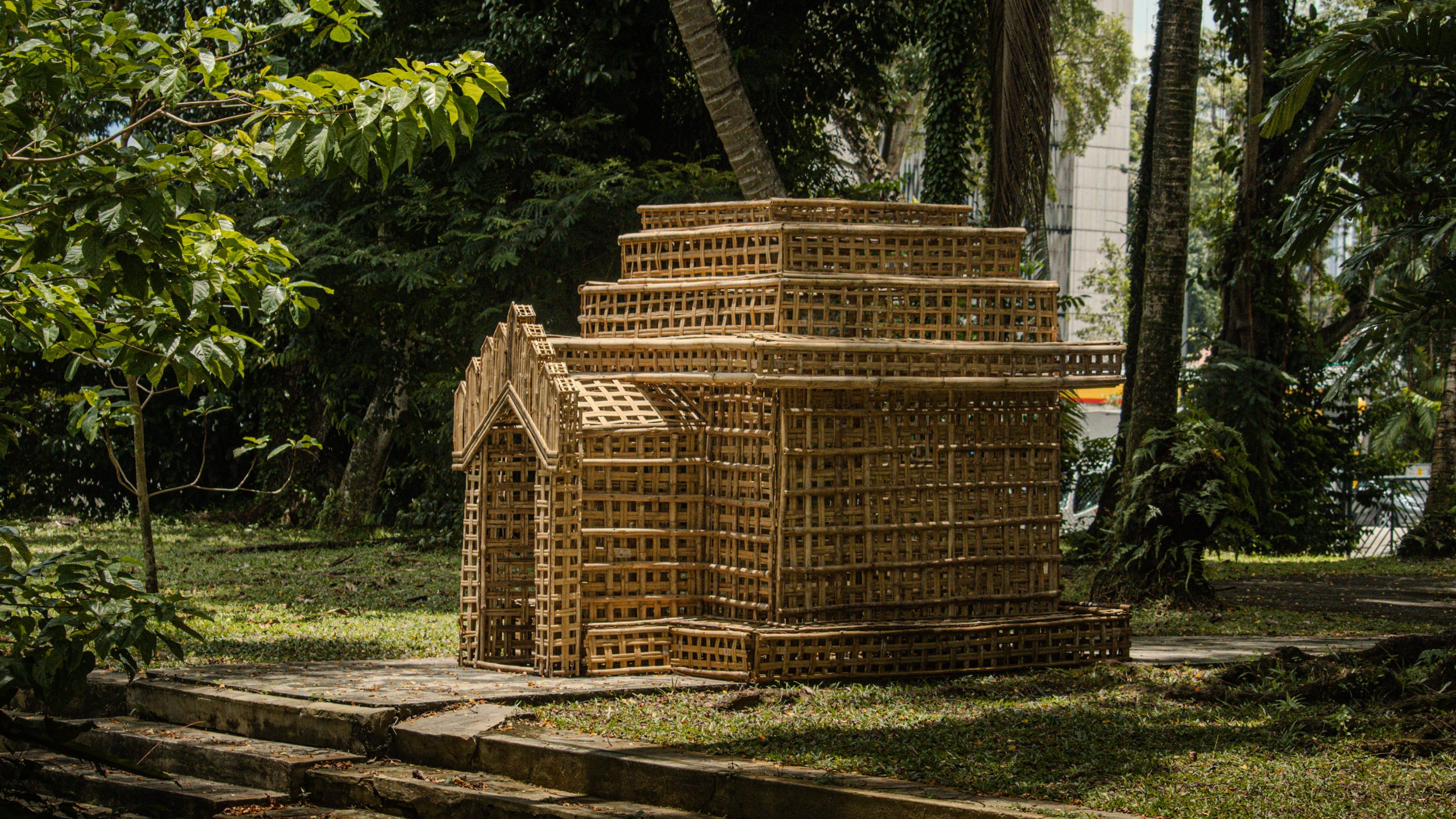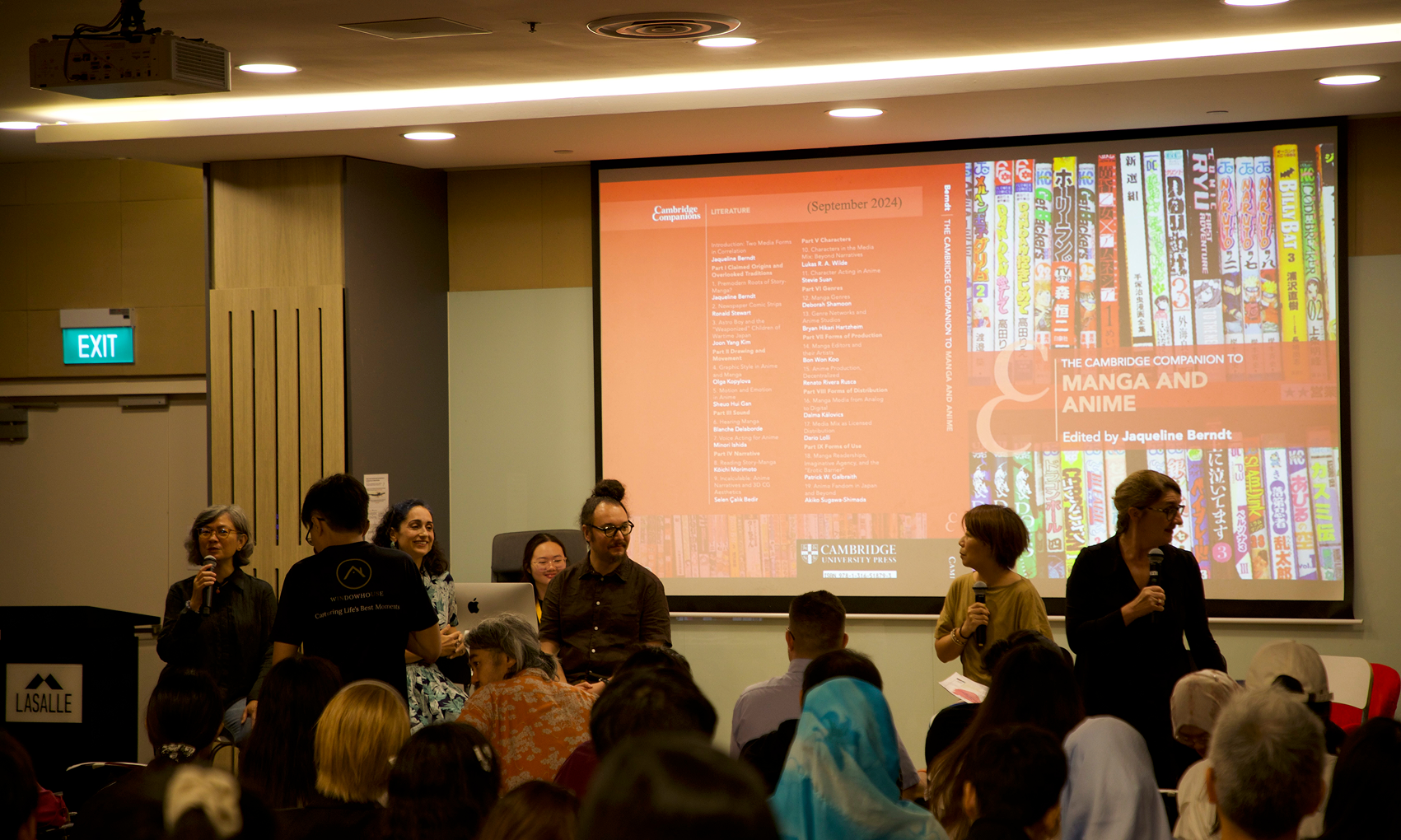Journal and book publications
Social Innovation and Co-Creation through Design: Utilising Natural Resources to Facilitate Sustainable Development
The study and practice of design is deeply rooted in culture and tradition, establishing resilience through its proven methods and producing robustness in the continual development of knowledge and skills. This research explores the value of co-creative design methods within rural communities as a means to motivate and empower while contributing to new ways of thinking, doing, and understanding sustainability in design practice. Through observational studies, qualitative insights and participatory design methods, this research examines the challenges faced by the rural women of 'Gudiya Village' in Indore, India, where design skills are tested to promote sustainable development through use of natural building materials, resources and techniques. The main focus of the research expands on the role of co-creative practice in disrupting the hegemonic position of design, leading towards and promoting the fluidity in knowledge transfer and exchange. This paper provides a discussion of how design practice and knowledge are influenced by cultural traditions while, in turn, informing new perspectives for cultural production through the symbiotic relationship between designers and communities of practice. The role of design, to educate and empower, is presented as a framework for future designers, researchers and co-creators to embed cultural and sustainable practices as part of shifting resilience into robustness.
Citation:
Chon, Harah, and Batul Pitha Wala . ''Social Innovation and Co-Creation through Design: Utilising Natural Resources to Facilitate Sustainable Development.'' Proceedings of Cumulus Rovaniemi: Around the Campfire, Resilience and Intelligence, University of Lapland 05/2019, edited by Jonna Häkkilä, et al., 2nd ed., Cumulus, 2019, ISBN / ISSN: 978-952-337-199.
Signals in Time and Space: A Submerged Media Avant-gardist Attempt on Environmental Design
In the late 1960s, New York environmental psychologist, inventor and artist Serge Boutourline proposed a signal-oriented approach for describing the interdependencies and interactions between the individual and the environment. Key to his conceptual framework was the recognition of the changing character of natural and human-made environments and the consideration of such environments as a matrix of events in a four-dimensional time-space continuum. His fragmented and largely neglected theoretical and artistic sketches mark a radical departure from common theoretical positions related to the 1960s emerging discourse on Environmental Design. Boutourline's conceptual approach reverberated central ideas of Whitehead's process philosophy, Wiener's Cybernetics, Bertalanffy's General System Theory, and McLuhan's media theory. It emerged out of his ground-breaking 1962 research on audience behaviour in public spaces. It took inspiration from his professional practice and collaboration in artistic projects informed by Schlemmer and Moholy-Nagy's concepts of modernist theatre, Alwin Nikolais’ late-modernist abstract dance performances, and the 1960s countercultural avant-gardist experiments with media technology and human-machine communication in artistic practice. However, despite Boutourline's acquaintance to key figures in the 1960s discourse on technological media, artistic practice, and the academic field of Environmental Psychology, there is hardly any reference to Boutourline in the critical discourse concerned with the development of art and media in the 1960s. This paper re-introduces Boutourline's signal oriented conceptual framework and technological device within the context of the 1960s countercultural avant- gardist experiments with human-machine communication. It further discusses the conceptual influence of theories and practices in dance and theatre developed at the Bauhaus on the emerging avant-gardist performative and interactive art scene during the1960s in New York.
Citation:
Muench, Wolfgang. ''Signals in Time and Space: A Submerged Media Avant-gardist Attempt on Environmental Design.'' Proceedings of Impact! From Bauhaus to IKEA, Sydney 9/2019, edited by Brejzek, Thea, et al, IKEA x UTS Future Living Lab, 2019.
The Lion and the Breath: Combining Kalaripayattu and Fitzmaurice Voicework Techniques Towards a New Cross- Cultural Methodology for Actor Training
This research looks at the effects of Kalaripayattu and Fitzmaurice Voicework techniques as a training methodology for the contemporary actor, redefining the fundamental principles that already exist within the two forms and placing its emphasis on the articulation of the imagination through their combination. Fitzmaurice Voicework was inspired by yoga, shiatsu, and bioenergetic psychotherapy, and its methods include releasing patterns of habitual holding within the viscera causing an autonomic response known as a tremor. Training in Kalaripayattu, an ancient South Indian martial art, is a preparatory tool for the body to develop a kinesthetic awareness: an organic ability to be in the optimal state of readiness. In the process of defining our research findings, we created a systematic methodology that consisted of four stages: 1) Studio training combining Kalaripayattu and Fitzmaurice Voicework; 2) Training with Kalaripayattu masters in Kerala, India; 3) Experimentation and exploration of the two forms of collaborative training; and 4) Analysis and dissemination of findings at a conference of the Voice and Speech Trainers Association London Conference. This systematic approach provided us with the framework to answer our research questions: 1) Can combining techniques from Kalaripayattu and Fitzmaurice Voicework lead to an effective new cross-cultural methodology for professional actor training? 2) What kinds of psychophysical and somatic affect can arise from the combination of these two forms?
Citation:
Roza, Elizabeth de and Budi Miller. "The Lion and the Breath: Combining Kalaripayattu and Fitzmaurice Voicework Techniques Towards a New Cross- Cultural Methodology for Actor Training." Journal of Embodied Research, vol. 1, no. 1, 2018, doi:10.16995/jer.6.
Frida Kahlo: Making Her Self Up
Frida Kahlo (1907-1954), as an artist and a woman, has a unique international appeal. Her instantly recognizable work draws extensively on her life and her extraordinarily personal reflections upon it. On Kahlo's death, her husband, Diego Rivera (1886-1957), ordered that her most private possessions be locked away until 15 years after his death. The bathroom in which her belongings were stored in fact remained unopened until 2004. Through this incredible archive, Frida Kahlo: Making Her Self Up gives readers a unique window into Kahlo's life. It will focus on the personal, combining her prosthetics, jewellery, and clothes with self-portraits, diary entries, and letters to build an intimate portrait of the artist through her possessions, setting this in the context of her political and social beliefs.
Citation:
Wilcox, Claire and Circe Henestrosa, editors. Frida Kahlo: Making Her Self Up. V & A Publishing, 2018.








